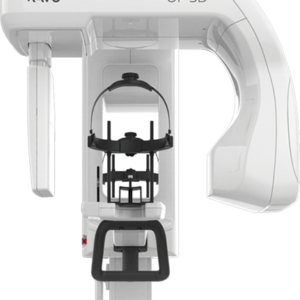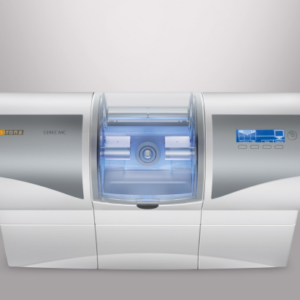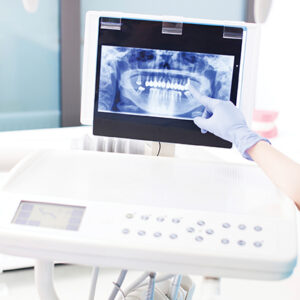Technology

Diagnostic technology has been improving at an incredible rate for the past several decades. Having the most innovative technology in a dental office allows us to provide the utmost care for our patients. More and more dentistry is going digital and at Horizon Dental, we are keeping up with the changes.
MORE
How safe are 3D Dental X-Rays?
Any type of X-ray uses a low level of radiation to create the images your dentist uses, this includes 3D x-rays. In fact you are potentially exposed for a shorter time, with less repeat scans, as it takes less than a minute. Precautions are taken during the scanning process, however, not recommended for pregnant women and smaller children.
If you have more questions or concerns be sure to let us know on your next visit!

Cerec technology (same day crowns)
CEREC stands for CEramic REConstruction. This computer system takes 3D impressions, used for fillings, crowns, and veneers, recreating the image in the computers virtual environment, where it then 3D prints your ceramic restoration. The advanced nature of this process allows dentists to build, create and implant individual ceramic restorations on the spot.
MORE
Digital X-Rays
X-rays are vital for our dentist to determine if there are any problems and also the root cause. One of the many ways we provide innovative dental care is through the use of digital dental x-rays, that allows Horizon Dental to detect decay and disease earlier than what’s possible with a basic oral exam. Digital x-rays, are quickly replacing the use of traditional film-based dental x-rays, due to higher resolution visuals for signs of disease or decay, or if your teeth are very close together, making surfaces difficult to see.
MORE
Digital Imaging
Dentistry has evolved from just only cleaning and treating teeth and gums to the total package of both the health and aesthetics of the mouth and smile. Patients want to see the conditions in their mouths to understand the recommendations the dentist are giving them.
Dental images allow the patient to visualize their mouth with the same perspective as the dentist and help the patient understand the rationale for recommended treatments.
MORE
Laser Oral Care
Laser dentistry can be a precise and effective way to perform many dental procedures.
The potential for it to improve dental procedures rests in the dentist’s ability to control power output and the duration of exposure on the tissue (whether gum or tooth structure), allowing for treatment of a highly specific area of focus without damaging surrounding tissues.
MORE